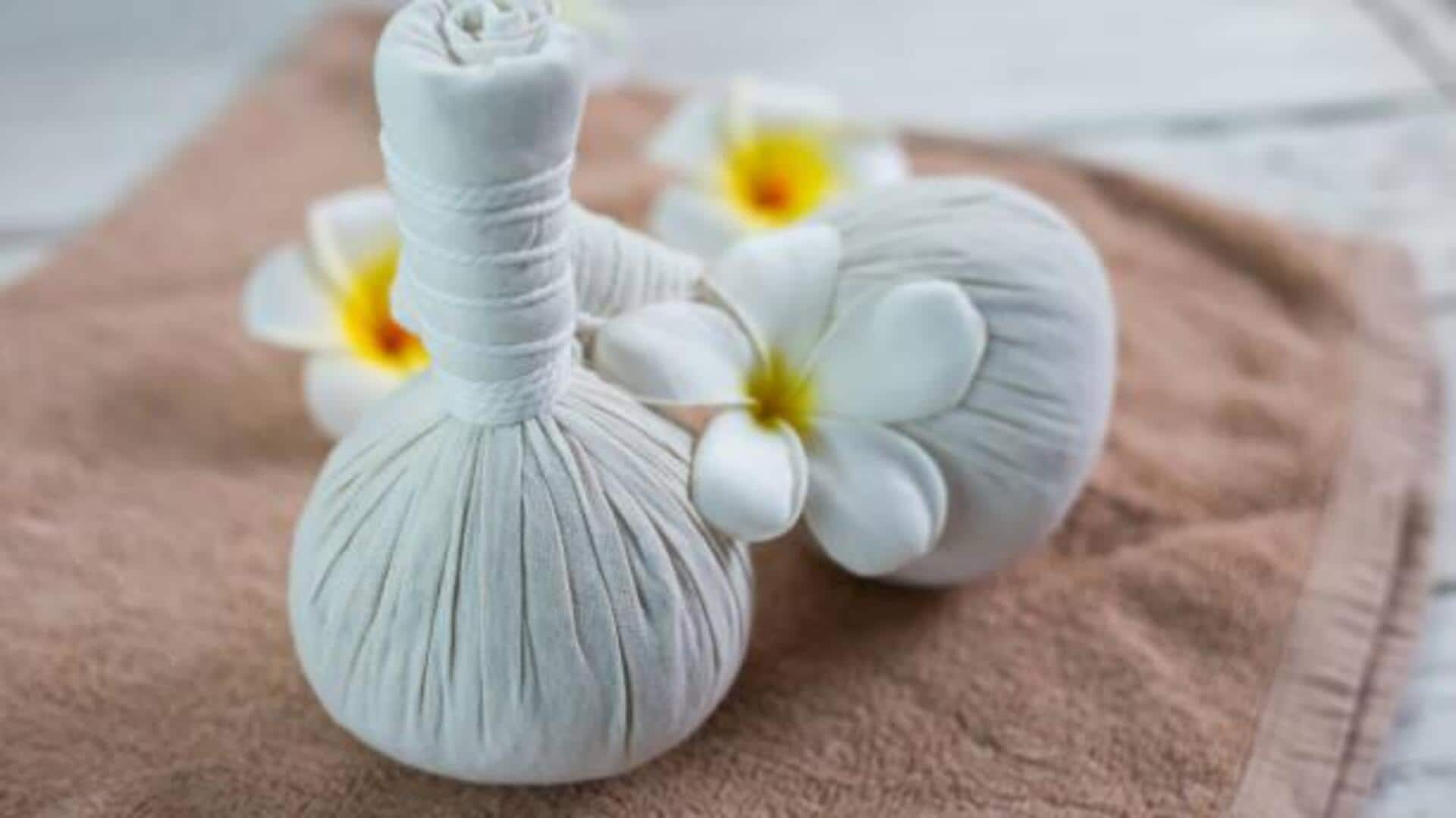
Master African herbal poultice preparation like a pro
What's the story
Herbal poultices have been a cornerstone of African traditional medicine for centuries, providing natural solutions for a wide range of ailments. Harnessing the power of medicinal herbs, these poultices help reduce inflammation, relieve pain, and facilitate the body's healing process. In this article, we delve into the art of crafting African herbal poultices with the same meticulous care, empowering readers to recreate these ancient healing practices at home.
Herb selection
Selecting the right herbs
Choosing the appropriate herbs is key to a successful herbal poultice. In Africa, arnica is utilized for bruises and sprains, chamomile for skin irritations, and lavender for its soothing properties. It's crucial to comprehend the benefits of each herb and confirm they align with the condition being treated. Although fresh herbs are favored for their potency, dried herbs can be used if fresh ones are not accessible.
Herb preparation
Preparing the herbs
Choose the appropriate herbs, then get them ready. Rinse fresh herbs to remove any dirt or pesticides. If you're using dried herbs, soak them in water for about ten minutes to rehydrate them. Pound or grind the herbs into a paste using a mortar and pestle or a blender. This helps to release their essential oils and active compounds, which is what makes them work.
Base creation
Creating the poultice base
Different herbal poultice bases can be used depending on what you have on hand or what you prefer. Some people use clay, while others use flour or cornmeal. You can also use water or oil as a base. The base you choose will affect how easy it is to apply and remove the poultice, as well as how it interacts with your skin.
Application technique
Applying the poultice correctly
It is important to correctly apply an herbal poultice. Spread the paste on a clean cloth or gauze, then apply it to the skin with a gentle pressing motion. It should make good contact with the skin. Depending on its purpose, it may need to be left in place for as little as one hour or as long as overnight, secured with a breathable bandage.
Post-application care
Aftercare tips
After removing an herbal poultice, cleanse the area gently with warm water (avoid soap as it may cause further irritation to sensitive skin post-treatment). If you experience any adverse reactions like redness or itching, discontinue use immediately and seek medical advice if needed. Light moisturizing after cleansing can help soothe the skin, particularly if the base used for preparation contained drying ingredients like clay.